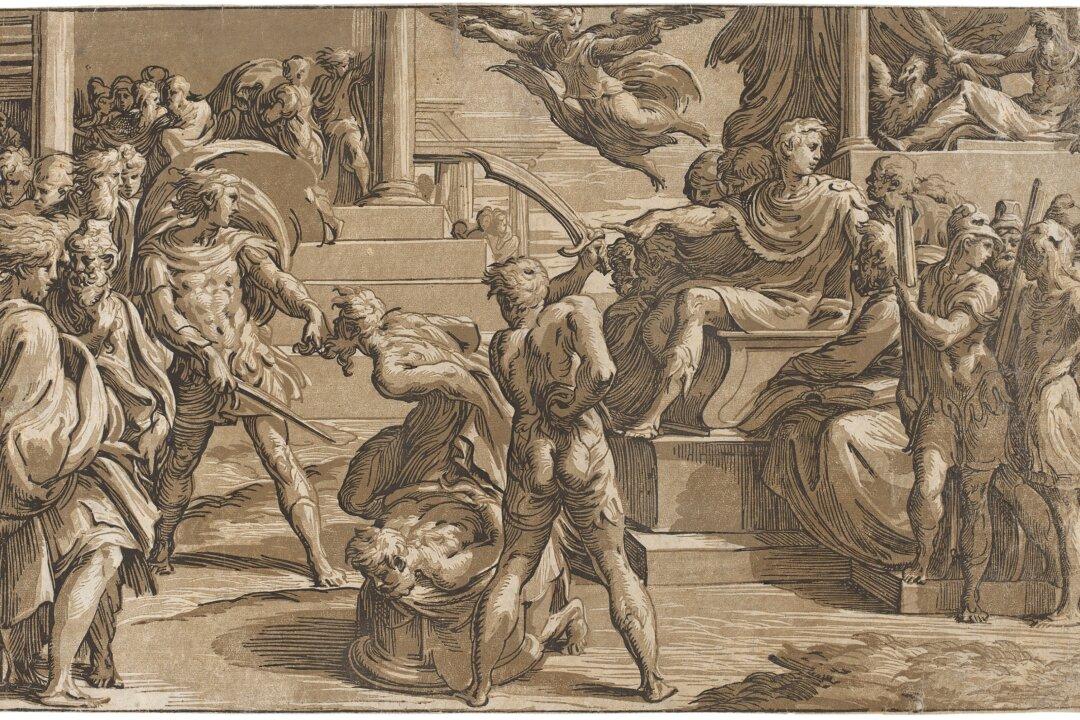Some of the rarest prints of the Italian Renaissance have come together for a comprehensive American show. “The Chiaroscuro Woodcut in Renaissance Italy” presents around 100 prints, from American and British collections, at the National Gallery of Art (NGA) in Washington until Jan. 20, 2019.
The exhibition opened at the Los Angeles County Museum of Art (LACMA), organized by its curator of prints and drawings, Naoko Takahatake, in association with NGA. Having recently opened in Washington, under the care of curator Jonathan Bober, the exhibition and accompanying catalog edited by Takahatake highlight new insights from decade-long research into the art of Italian chiaroscuro woodcuts, a highly regarded, but little-known type of early color printmaking.






